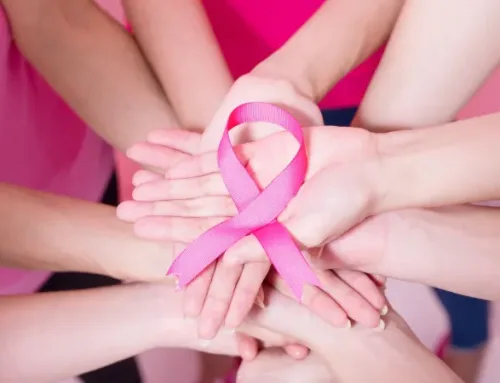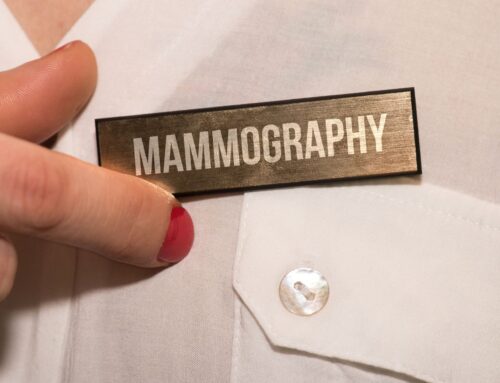A yearly mammogram for women 40 and older helps to detect breast cancer earlier, leading to less aggressive treatment and a higher rate of survival.
Myth #1: I don’t have any symptoms of breast cancer or a family history, so I don’t need to worry about having an annual mammogram.
Fact: The American College of Radiology recommends annual screening mammograms for all women over 40, regardless of symptoms or family history. “Early detection is critical,” says Dr. Sarah Zeb. “If you wait to have a mammogram until you have symptoms of breast cancer, such as a lump or discharge, at that point the cancer may be more advanced .” According to the American Cancer Society, early-stage breast cancer has a five-year survival rate of 99 percent. Later-stage cancer has a survival rates of 27 percent.
More than 75 percent of women who have breast cancer have no family history.
Myth #2: A mammogram will expose me to an unsafe level of radiation.
Fact: “While it does use radiation, it is a very small amount and is within the medical guidelines,” says Dr. Zeb. Because mammography is a screening tool, it is highly regulated by the Food and Drug Administration, Mammography Quality and Standards Act and other governing organizations, like the American College of Radiology. It is safe as long as the facility you go to is certified by the regulating agencies. The radiation dose from a mammogram is equal to about two months of background radiation for the average woman.
Myth #3: A 3-D mammogram is the same as a traditional mammogram.
Fact: Three-dimensional mammography, or tomosynthesis, is the most modern screening and diagnostic tool available for early detection of breast cancer. Compared to a standard 2-D mammogram, a 3-D mammogram displays more images of the breast and in thin sections of breast tissue. “3-D mammograms provide us greater clarity and the ability to determine the difference between overlapping normal tissue and cancer,” says Dr. Zeb. “With 3-D mammography, the data show a 40 percent increase in detecting early cancer and a 40 percent decrease in false alarms or unnecessary recalls from screening.”

Myth #4: If I have any type of cancer in my breast tissue, a screening mammogram is guaranteed to find it.
Fact: “While annual mammograms are very important for women, there are limitations,” says Dr. Zeb. This is mostly due to dense breast tissue — the denser the breast, the more likely it is that a cancer will be hidden by the tissue. “Normal breast tissue can both hide a cancer and mimic a cancer,” says Dr. Zeb.
Myth #5: I had a normal mammogram last year, so I don’t need another one this year.
Fact: Mammography is detection, not prevention. “Having a normal mammogram is great news, but it does not guarantee that future mammograms will be normal,” says Dr. Zeb.
Myth #6: My doctor didn’t tell me I needed a mammogram, so I cannot schedule an exam.
Fact: You do not need your doctor to write you a prescription or complete an order form for you to have a screening mammogram. “The recommendation is that if you are a woman from age 40 on, you should have it every year, even if your doctor forgets to mention it,” says Dr. Zeb. Women can self-request to make an appointment for their annual mammogram for earlier detection of breast cancer.
A 3-D mammogram is the same as a traditional mammogram.
Fact: Three-dimensional mammography, or tomosynthesis, is the most modern screening and diagnostic tool available for early detection of breast cancer. Compared to a standard 2-D mammogram, a 3-D mammogram displays more images of the breast and in thin sections of breast tissue. “3-D mammograms provide us greater clarity and the ability to determine the difference between overlapping normal tissue and cancer,” says Dr. Zeb. “With 3-D mammography, the data show a 40 percent increase in detecting early cancer and a 40 percent decrease in false alarms or unnecessary recalls from screening.”





